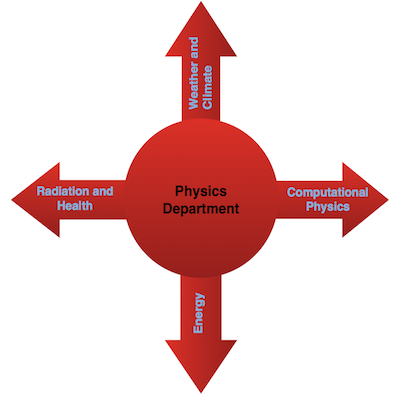Computational Physics
Computational Physics combines physics, computer science and applied mathematics in order to provide scientific solutions to realistic and often complex problems. It is increasingly recognized as the third pillar of scientific inquiry following theory and experiment. Member of Staff in our Department use computer models with applications in a range of areas that include the pattern formation in graphene-like materials, surface chirality, molecular physics, glass transition, energy management and medical physics.
